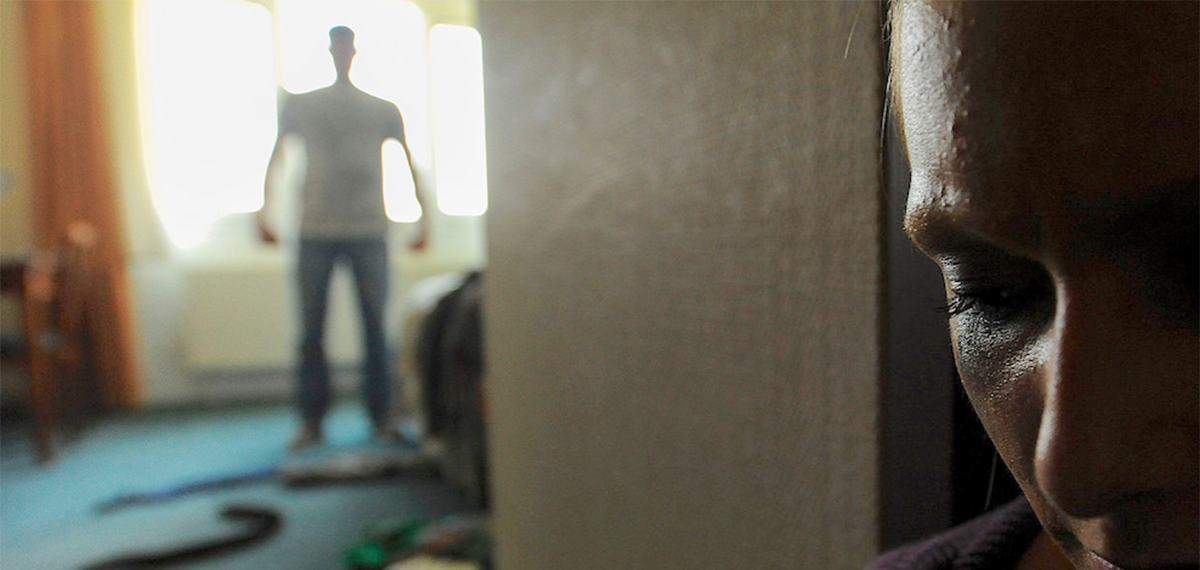COVID Policing Victims May 11, 2020
Some nationwide statistics around domestic violence and child abuse have, perhaps surprisingly, gone down since the Coronavirus pandemic took hold, but they only mask a deadly underlying trend: The silencing of victims until it’s often too late.
In New York City, for example, we’ve been working with Safe Horizon, the largest domestic violence and victims’ services organization in the country, serving more than 250,000 children, adults and families. Since the pandemic took hold, they have seen a decrease in domestic violence hotline calls and in the use of domestic violence shelters, as well as decreased child abuse reports. But just because those numbers are down, it doesn’t mean that there is less violence and abuse happening.
Victims are less likely to call for help during the crisis because they’re trapped in their homes with their abusers, without the necessary privacy. In the past, they might have gone to the public library to make those calls or use those online chat services, but the libraries are closed. And when domestic violence victims might have gone to shelters in the past, concerns about the spread of the virus—particularly in New York City, the epicenter of the pandemic—are leading more people to say that they will “take their chances” at home, with their abusers, with potentially deadly results.
Likewise, child abuse reports are down. But we’re also seeing the lethality of child abuse cases spike disturbingly across the country. Police and child protective services aren’t seeing children, so they’re not able to report abuse. It means abusers are only showing up at emergency rooms when they’ve caused injuries so bad that they’re forced to get medical help for their victims.
One forensic interviewer in Virginia used to see dozens of children a week, she told the Washington Post, after they had been referred through conventional reporting channels. Now, she sees very few, and lies awake at night worrying about “the children that we’re not seeing.” At another children’s medical center in Texas, there have been three child deaths from severe abuse since mid-March, when the center typically sees four to six deaths a year, according to the Post’s excellent reporting on this issue.
As a technical assistance provider for the Safety and Justice Challenge, my organization specializes in helping jurisdictions around the country center the experience of victims in their efforts to reduce jail populations. We connect sites with experts and best practices, train and educate on trauma and victimization in incarcerated populations, and on victim-centered principles, to ensure that victims’ experiences are centered in criminal legal work.
We explored some of the ways jurisdictions are using technology to speed up the granting of restraining orders by remote technology at a recent webinar in partnership with the Association of Prosecuting Attorneys, for example. And we also encourage anyone concerned about the issues raised in this blog to contact our VictimConnect Hotline at 1-855-4VICTIM.
Jurisdictions across the country are doing a lot to ensure that victims’ needs are met with remote technology. But efforts to help vulnerable families are also complicated by underlying inequities.
Just as poorer households have suffered without access to the computers and Internet needed to get online for schooling, so, too, are they more likely to be without the technology and space to communicate privately as they seek help for abuse. Where teachers used to look for in-person signs of abuse like falling asleep in class, or stealing food, there are also fewer opportunities to do so in an online world. It’s impossible for teachers to see facial bruises if a child’s webcam isn’t working, for example, and that’s assuming that the child has been able to log on for classes, at all.
The resources are there to help, but we all need to begin with considering victims’ voices more intentionally. The biggest questions on the minds of those in our criminal justice systems around the country right now should be: “Who’s voice am I not hearing? Whose face am I not seeing?”
We can help folks to hear and see those victims before it’s too late.
–Renee Williams is the Executive Director of the National Center for Victims of Crime.


